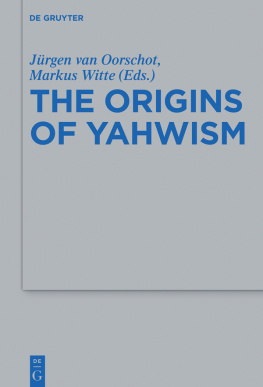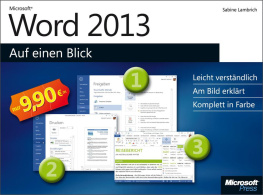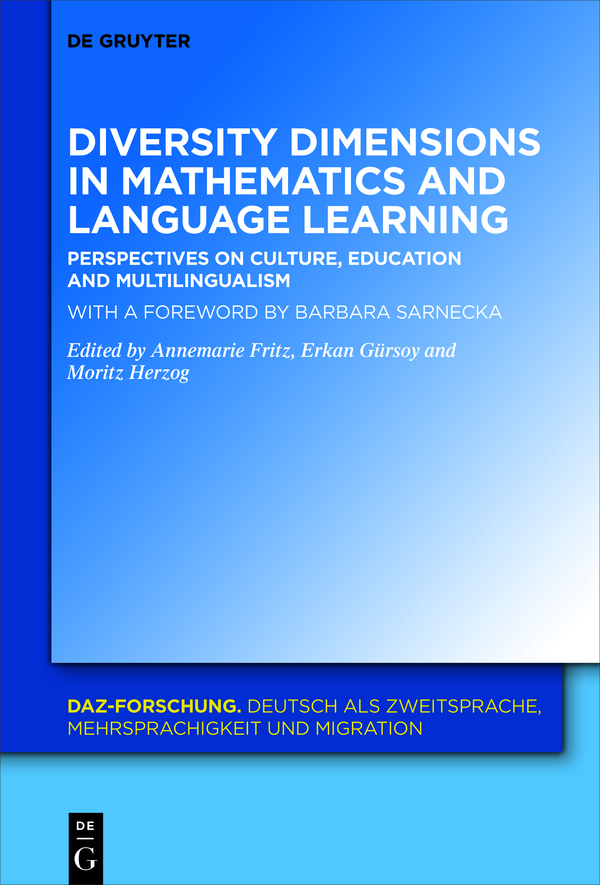DaZ-Forschung
Deutsch als Zweitsprache, Mehrsprachigkeit und Migration
Edited by
Bernt Ahrenholz
Christine Dimroth
Beate Ltke
Martina Rost-Roth
Volume
ISBN 9783110661040
e-ISBN (PDF) 9783110661941
e-ISBN (EPUB) 9783110662764
Bibliographic information published by the Deutsche Nationalbibliothek
The Deutsche Nationalbibliothek lists this publication in the Deutsche Nationalbibliografie; detailed bibliographic data are available on the Internet at http://dnb.dnb.de.
2021 Annemarie Fritz et al., published by Walter de Gruyter GmbH, Berlin/Boston
This work is licensed under the Creative Commons Attribution-NonCommercial-NoDerivatives 4.0 International License.
Introduction
In 2016, the three of us started working on a mathematics screening instrument for bilingual first-graders. It was a kick-off for an intensive time of learning, as we were relatively unfamiliar with each others discipline. The one who was an expert in the development of arithmetic concepts was introduced to the linguistic aspects of multilingual learning; the one familiar with second-language acquisition learned about childrens development of early numeracy; and the one who had advanced knowledge about early mathematics instruction encountered the diversity of linguistic influences on childrens development. Thus, every one of us learned how important the others expertise was for the own field, and vice versa, how important the own expertise was to the others fields.
The book title Diversity Dimensions in Mathematics and Language Learning refers to childrens diversity when acquiring fundamental linguistic and mathematical knowledge. This diversity comprises cultural properties such as the direction of reading and writing, or the structure of number words. Diversity dimensions can also refer to the instructional resources children contribute; for example, their experiences at home or the words they know to express numbers and number relations. And it may also include the diversity of home languages and how this diversity interferes with instruction, which in many educational environments may be monolingual.
However, this book can also be read in the light of the diversity of disciplines that engage with research on childrens mathematics and language learning. The heterogeneity of involved disciplines, which comprise knowledge and theories from different traditions, will inevitably bring different perspectives to bear on mathematics and language learning that is not easily integrated. This book aims at collecting and interconnecting the various perspectives and insights gained by the different disciplines. Another consequence of this diversity is that this book has many contributors with varied approaches to the topic. We are proud and happy to have gathered these eminent researchers from different scientific backgrounds, who have contributed their expertise to this book.
To us, this book is the continuation and expansion of the learning process that started with our first meetings. In the following paragraphs, we would like to highlight the main insights gained while editing this book.
The first section Perspectives on mathematics and language from different disciplines represents the range of disciplines that are involved in mathematical and language learning: linguistics (Everett), psychology (Hartmann and Fritz; Dowker), neuroscience (Klein et al.), and mathematics education (Prediger). The focus is on fundamental theories and key findings arising from these disciplines and thus paves the path for the following sections. The variety of scientific backgrounds shows also in the other sections, which are dedicated to one dimension of diversity each.
The second section Language learning and mathematics development focuses on the impact that language has on mathematical learning. Childrens development of early numerical knowledge depends in part on their linguistic environment. Bahnmller et al. provide an overview of the ties between mathematics and language. The way in which the labeling of numerosities affects the development of counting skills is highlighted in the chapter by Pixner and Dresen. Desoete et al. investigate the importance of childrens learning opportunities at home.
Worldwide, there are more children learning mathematics who are multilingual than those who are monolingual: being multilingual therefore is the norm rather than the exception. The manifestation of multilingualism has varying effects on number representation as illustrated in the third section (Multilingualism and mathematical learning). Ashkenazi and Mark-Zigdon show how spatial number representation is affected by the languages spoken at home, while Klein reports findings on the acquisition of exact number representation in multilingual children. Multilingualism is often seen as a challenge for teachers. Martini et al. discuss the effect of the choice of cut-off values for mathematical difficulties among different home language groups.
Most research on mathematics and language learning focuses on children whose development proceeds within a normal range. However, there are children, who systematically differ from typical development due to specific impairments. The mathematical development of these children, focused in the fourth section Vision and speech language impairments, has rarely been researched. Crollen et al. present findings on visually impaired childrens mathematical development, while Schuchardt and Mhler investigated the mathematical skills of speech and language-impaired children. How the language of learning and instruction as second language affects mathematical learning is addressed by Moser, Opitz, and Schindler.
The final section Language as a learning resource in school attends to the instructional aspects of mathematics and language learning. While trying to bridge the gap between research and practice, the perspectives of the different disciplines are made visible: Moura et al. discuss the similarities of procession models for numbers and words informed by neuroscience. An important linguistic learning resource is childrens mathematical vocabulary, whose development is the focus of Powell et al. The main topic in this section is word problems. Moschkovich and Scott demonstrate the pitfalls that word problems bring to learners. From a psychological perspective, Herzog et al. invert the usual process of mathematical modeling and explore how children write word problems when provided with given illustrations. Stephany takes a linguistic perspective and investigates the relation of text coherence and childrens reading skills in the context of word problems. MacKay et al. address this challenge and illustrate how to prepare teachers for multilingual classrooms. The decision about when to intervene in a childs schooling is both complex and critical.
The various disciplines have contributed insights to the development of mathematics and language skills. It would seem to us, given the work presented in this book, that an imminent task for current and future researchers would be to integrate and interconnect these findings with the aim of forming a comprehensive theory of mathematical and language learning. Our common work on the mathematical screening for bilingual children worked as an initial spark for theorizing this interrelation and taking initial steps toward a theory. We hope to fuel this spark in our colleagues with the creation of this book.
Essen, September 2020
Annemarie Fritz, Erkan Grsoy, and Moritz Herzog
Acknowledgments
The idea for this book was born during the very fruitful collaboration of the three editors on the validation of a math screening for first-grade students into Turkish and Arabic (Grsoy et al., 2020). The math screening had originally been developed and standardized in German (Ehlert et al., 2020) with the aim of evaluating the childrens learning prerequisites at the start of school and giving teachers orientation for their teaching activities.











